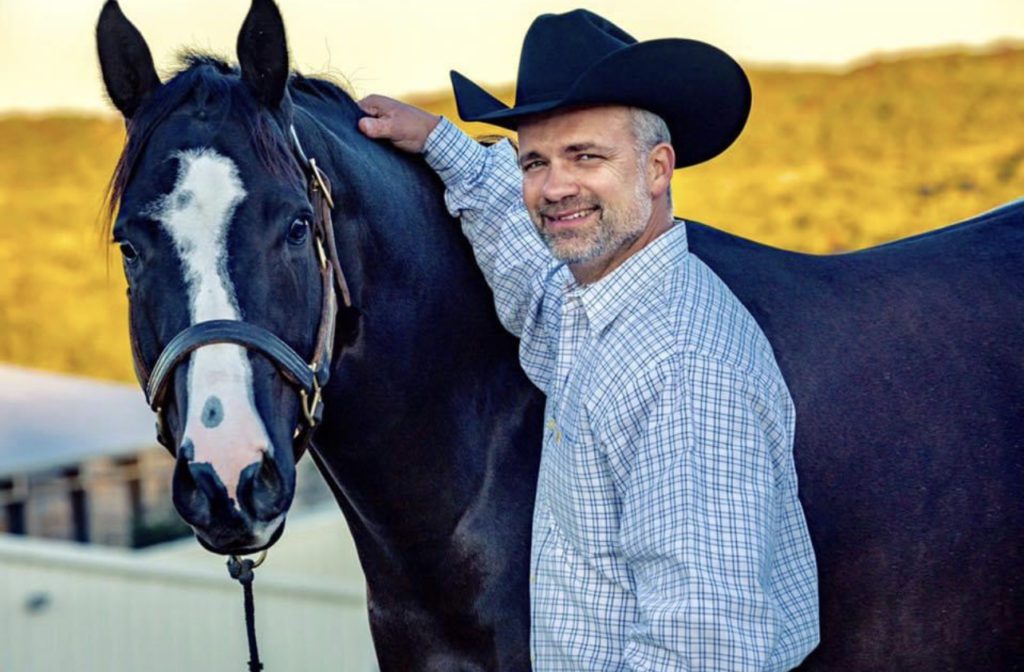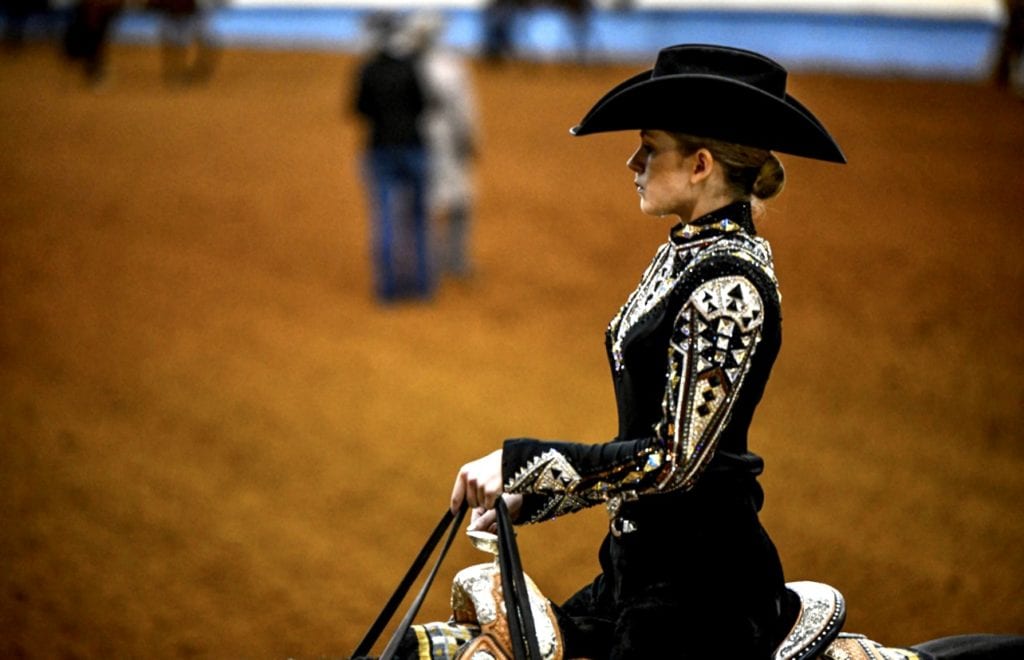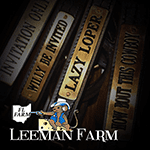There is a joke that has circulated on social media, which was taken from the movie Interstellar in which one character says, “One hour here is seven years on earth.” Many equestrians have used this quote to tease that one hour in the barn is the equivalent of seven years elsewhere.
It is true. Time seems to pass much quicker at the barn while bonding with your horse. However, whether it is to warm up at a show or sneak in a quick lesson at home, we don’t always have the luxury of unlimited time when practicing with our animals.
We spoke with Brad Jewett of Jewett Performance Horses to get his tips on which riding exercises to focus on when you are short on time.
Jewett reminds us that, instead of making these short lessons like a mini pleasure class (i.e., walk, jog/trot, lope/canter both ways), it is far more productive to work on moving your horse around off the rail. Indeed, focusing on your connection with your horse in these “power rides” will likely lead to greater long-term rewards and progress.
Focus On the Fundamentals
 “Whenever you ride, it is important to focus on the fundamentals,” Jewett advises. “Riding is an art form that builds on itself – if the fundamentals are weak, everything that follows will also be weak.”
“Whenever you ride, it is important to focus on the fundamentals,” Jewett advises. “Riding is an art form that builds on itself – if the fundamentals are weak, everything that follows will also be weak.”
Therefore, if you don’t have an hour to drill specific exercises or skills, the most important thing you can do for yourself and your horse is to go back to the foundation and emphasize the fundamentals – regardless of which discipline you are practicing.
What does Jewett refer to when he says, “fundamentals?” He is legitimately referring to square one: the stop and go at the walk.
“I like to use the short little lessons to ensure I am in control and the horse is responsive. The best way to determine whether that is the case is by making sure you have control of their footfalls – that means, when I say, ‘Go,’ the horse moves off my leg and goes forward. When I say, ‘Whoa,’ the horse is responsive and stops moving their feet while remaining soft through the body and face.”
Utilize the Training Trot
Once the horse has shown Jewett that he has control of its footfalls, he will move into a nice “training trot.”
 Jewett defines this as “faster than a jog, but not as much speed as an extended trot.” He likes the horse to have enough speed so that you can manipulate the cadence by asking them to either speed up or slow down, but not so much speed that it becomes hard for an amateur to change the tempo of that gait.
Jewett defines this as “faster than a jog, but not as much speed as an extended trot.” He likes the horse to have enough speed so that you can manipulate the cadence by asking them to either speed up or slow down, but not so much speed that it becomes hard for an amateur to change the tempo of that gait.
In addition to being the right medium speed to allow for tempo alterations, the training trot is also great for helping your horse build endurance and muscle definition.
Work on Body Control
While the horse is moving in a nice, controlled training trot, Jewett will have them move laterally to either direction – working off the leg. He will also work on bends and counter-bends to keep the horse loose.
Jewett wants the horse to respond when he asks them to move their body parts, like their hip and ribcage, all while keeping their back elevated and their face/neck soft. “I work on breaking down each part of the horse to emphasize body control and ensure their focus is on the rider.”
Emphasize Connection
 “You want to ensure the connection is there – the horse is responsive to your cues, and you have a good feel of the horse beneath you.”
“You want to ensure the connection is there – the horse is responsive to your cues, and you have a good feel of the horse beneath you.”
Jewett says to ask yourself the following: “Do you have power steering? Do your brakes work? Can you break down and manipulate the various body parts to feel confident in your ability to control them?”
Once you can answer these questions affirmatively, you are ready to move on to more discipline-specific practice. However, if you don’t have time to do that, you can feel good that you emphasized the fundamentals and built on your connection so that when you have time for more in-depth practice, you are your horse ready for it.









